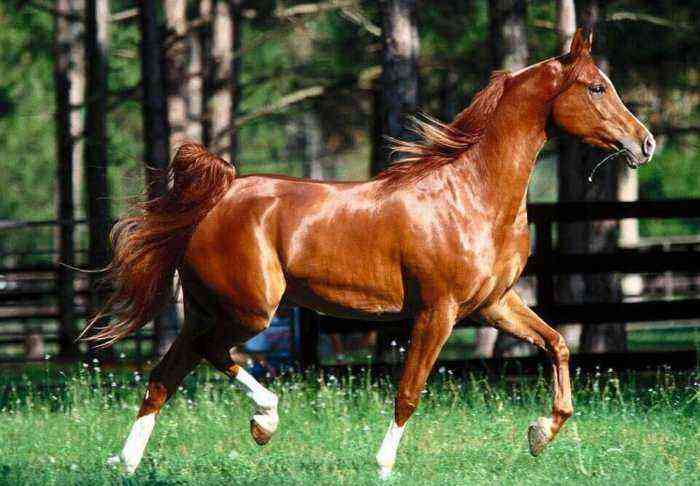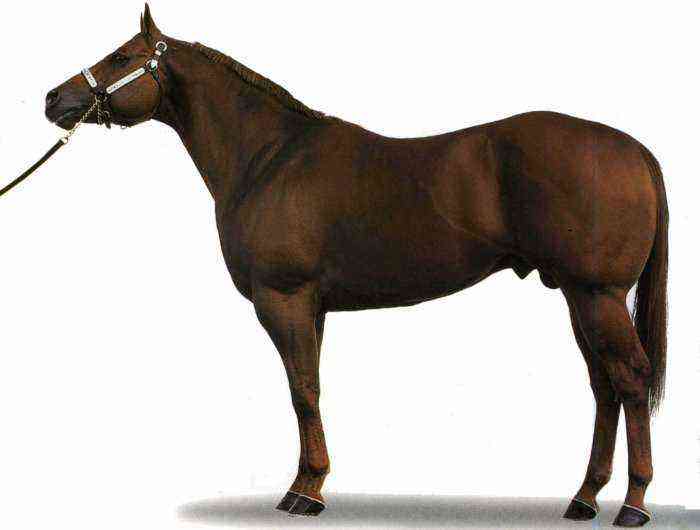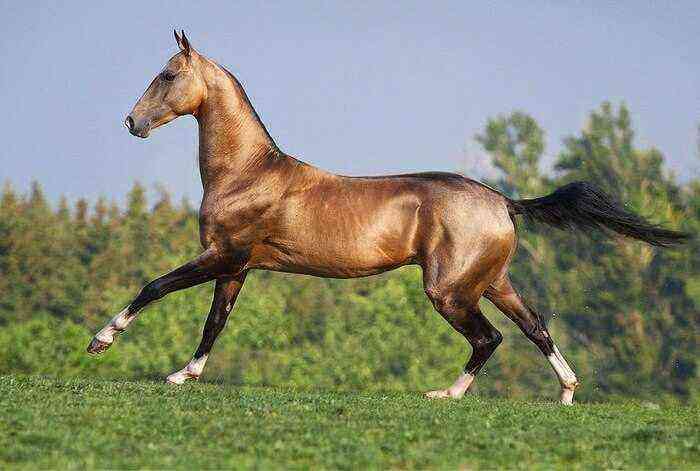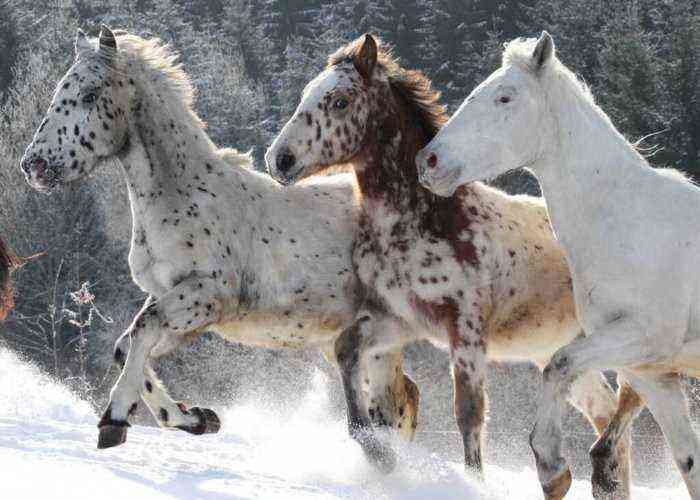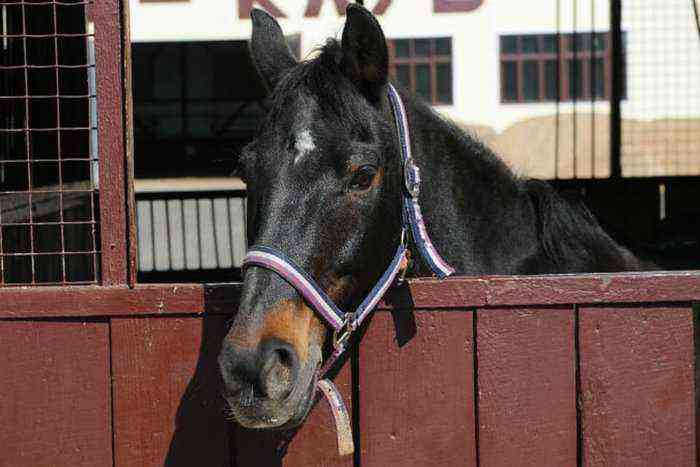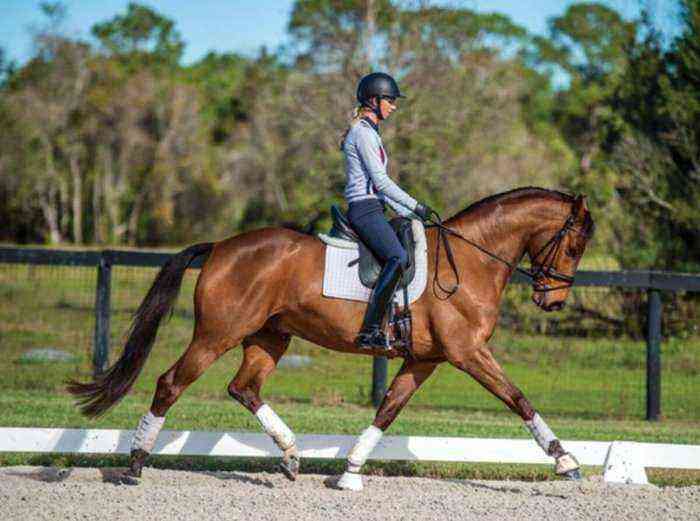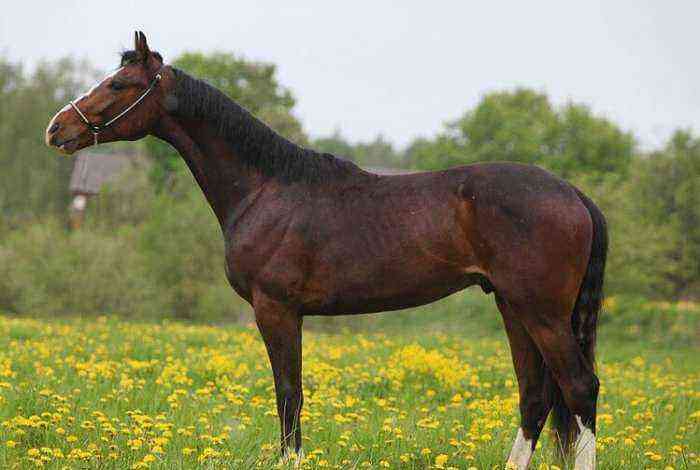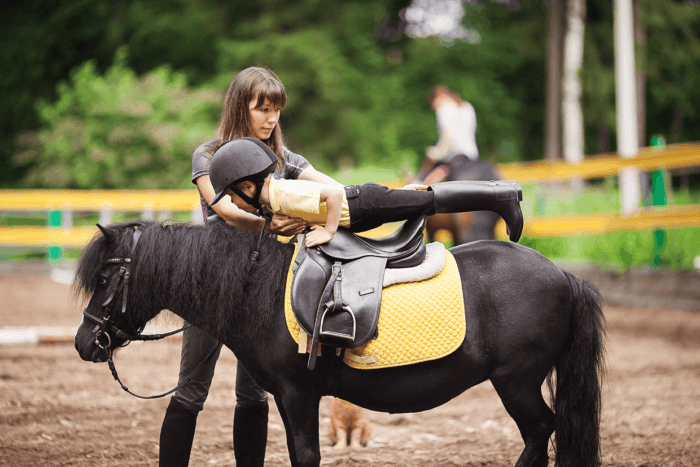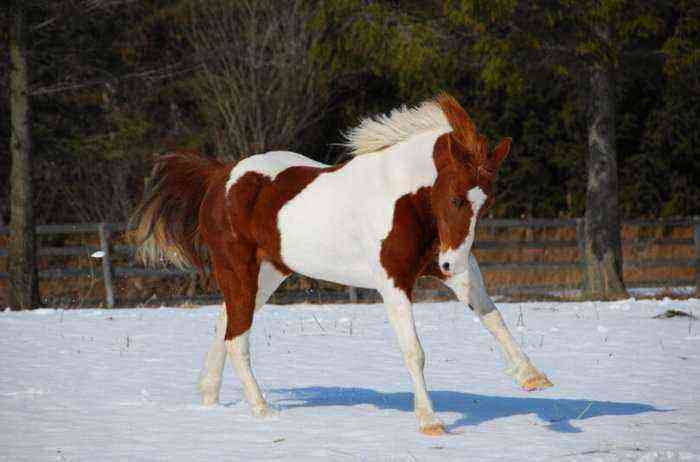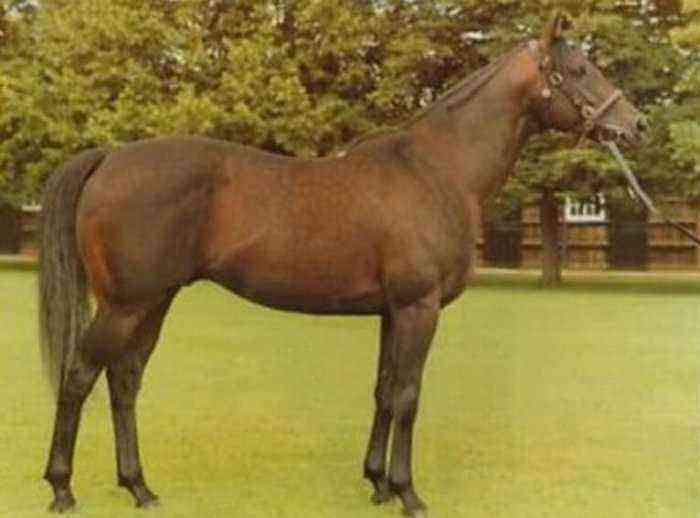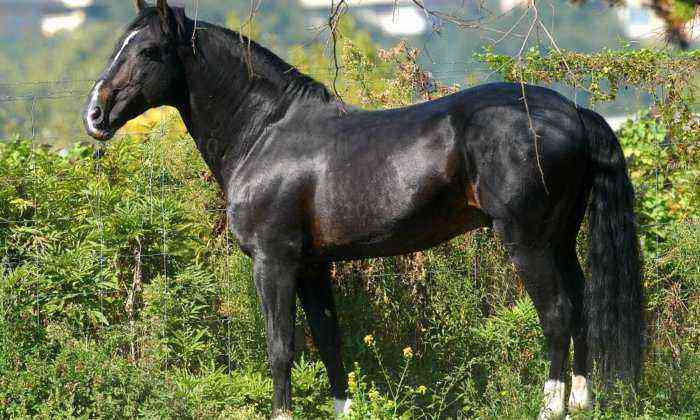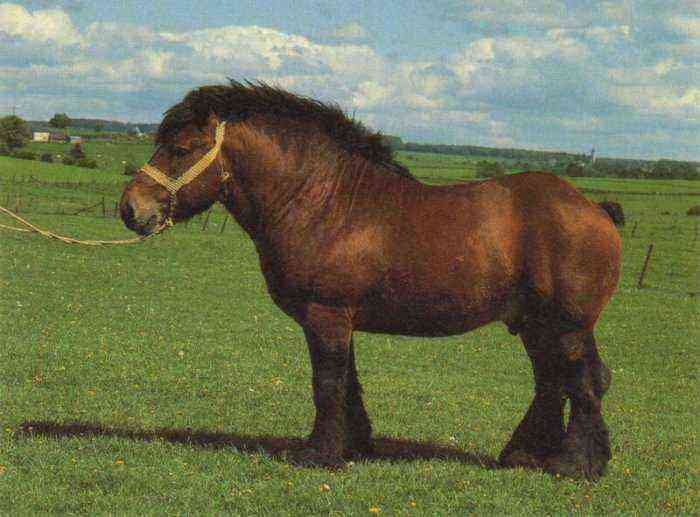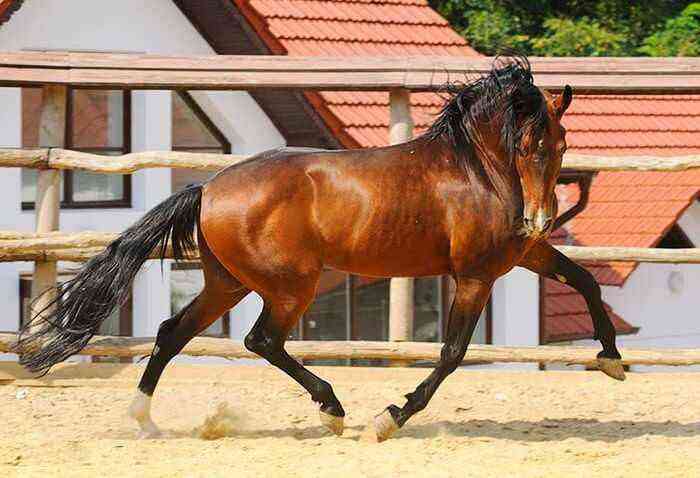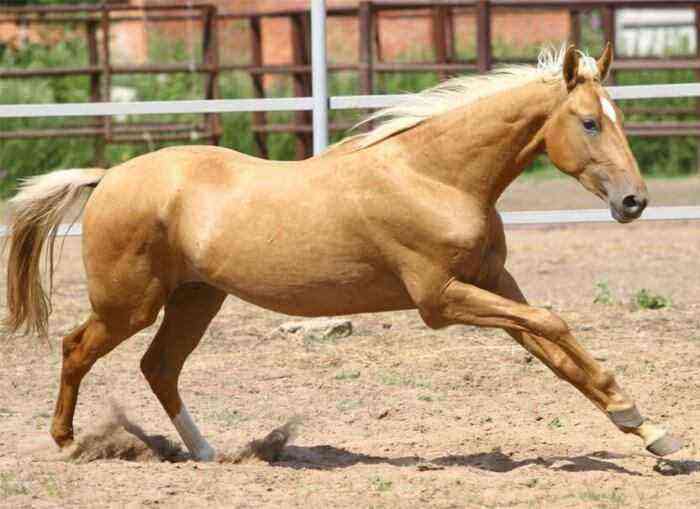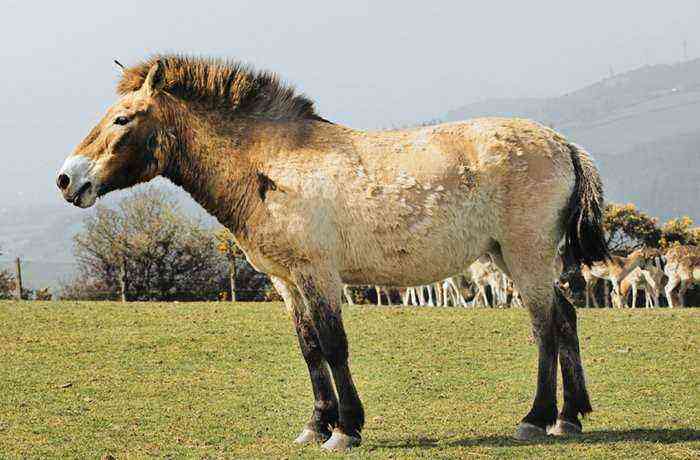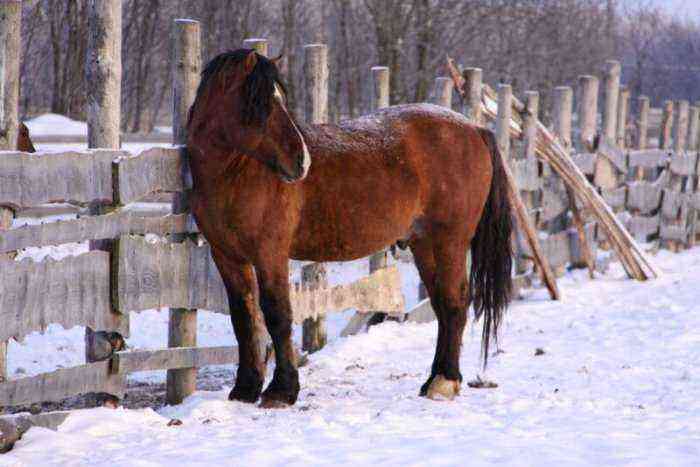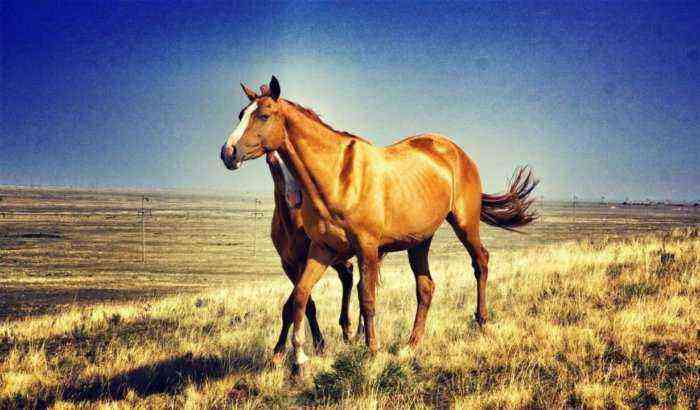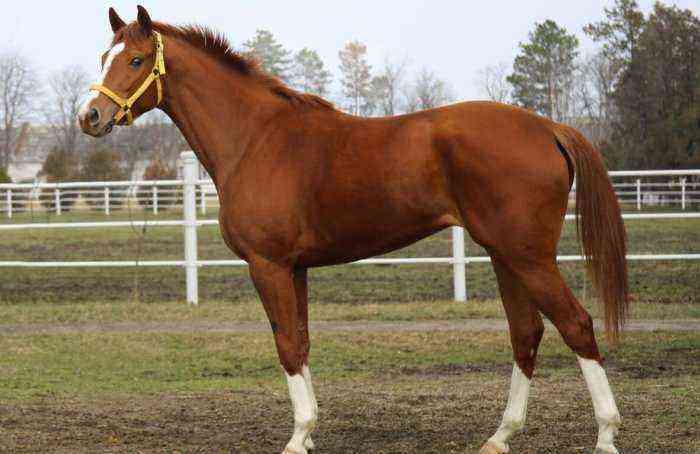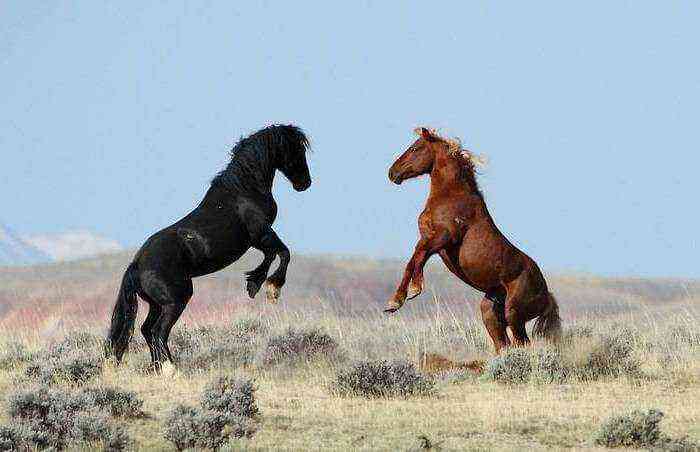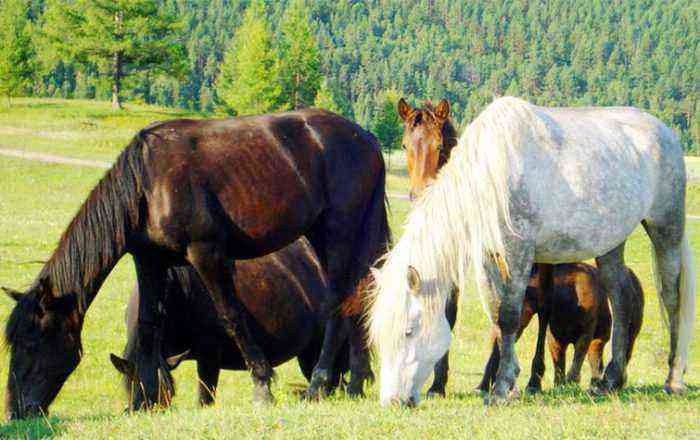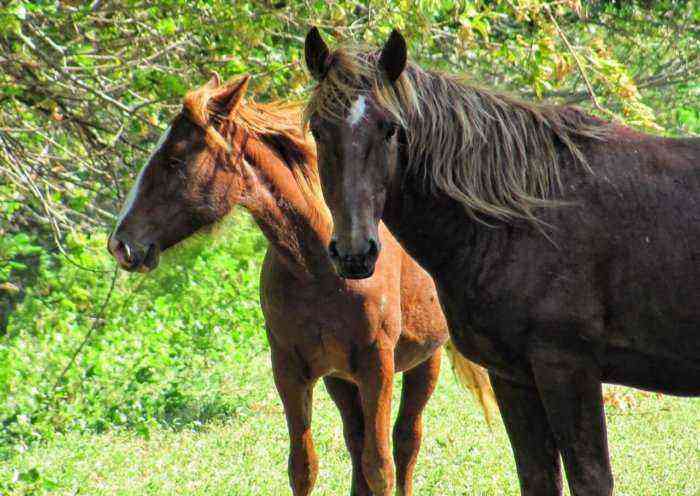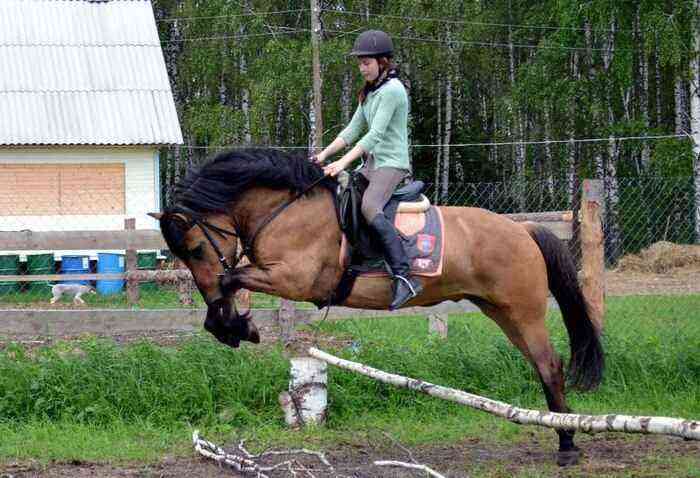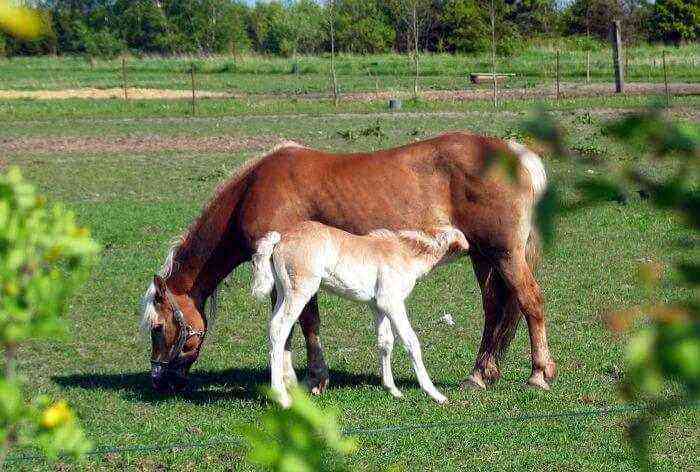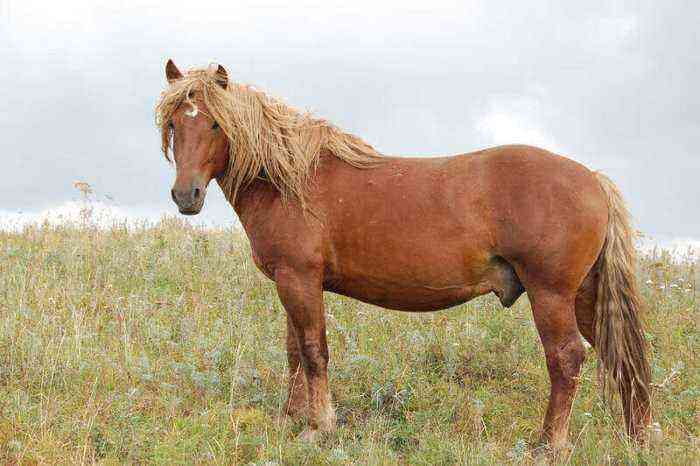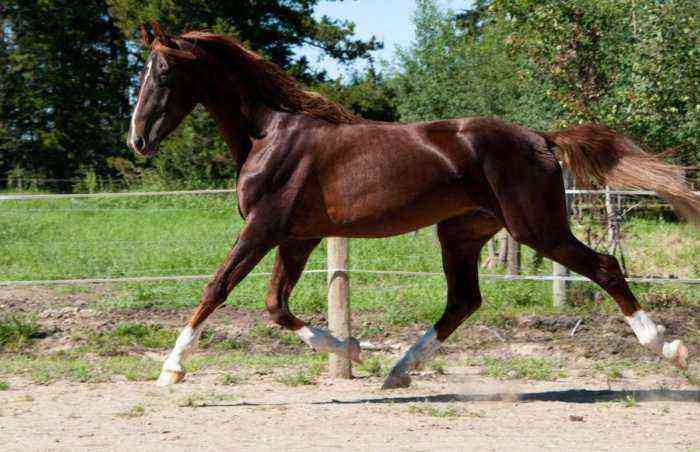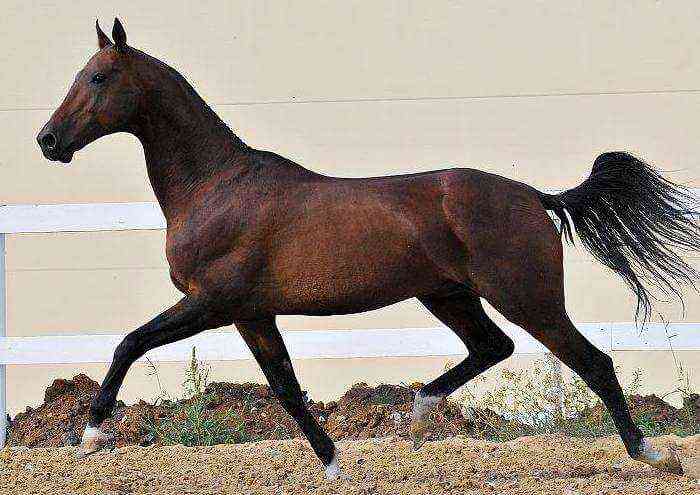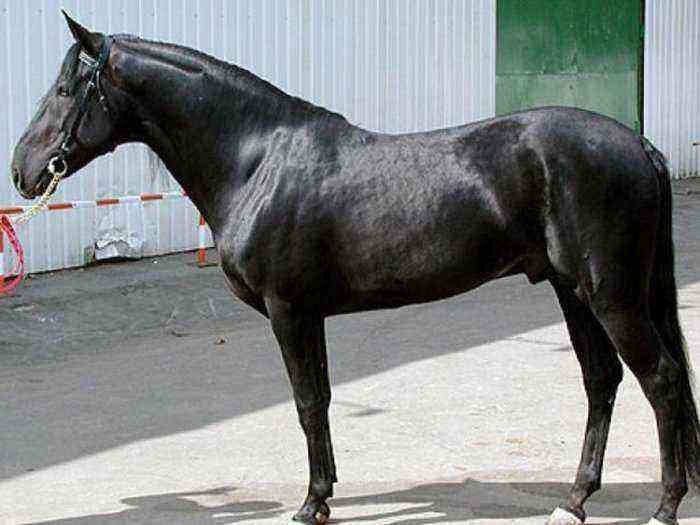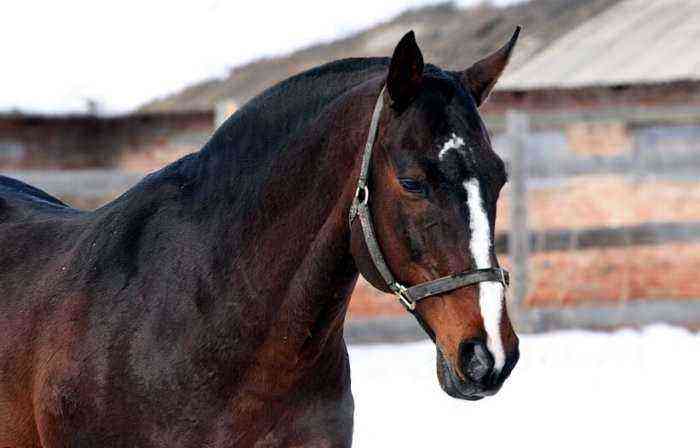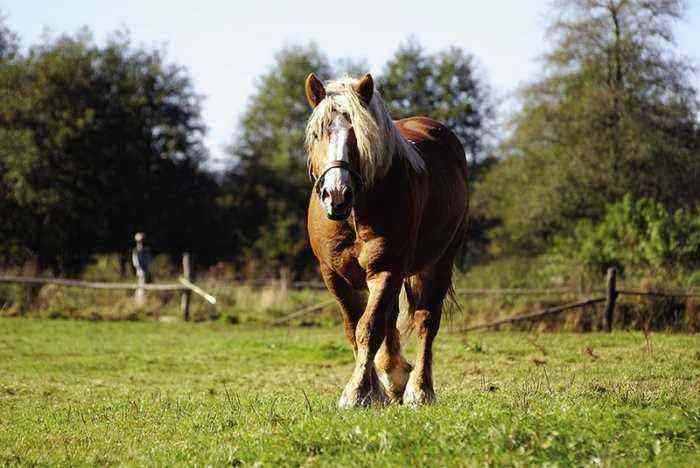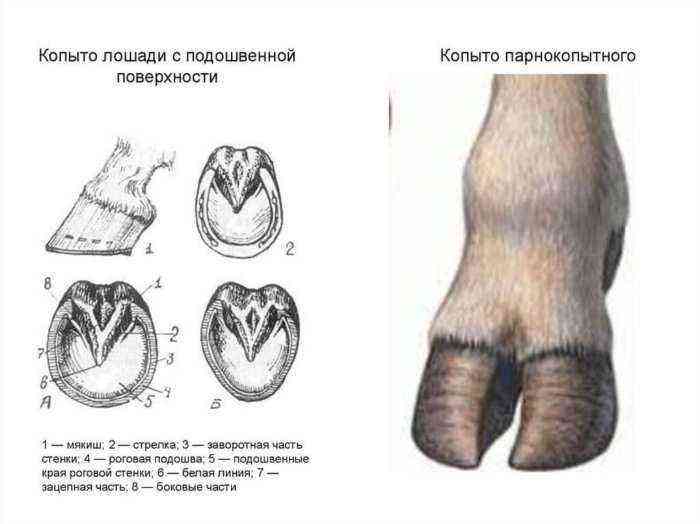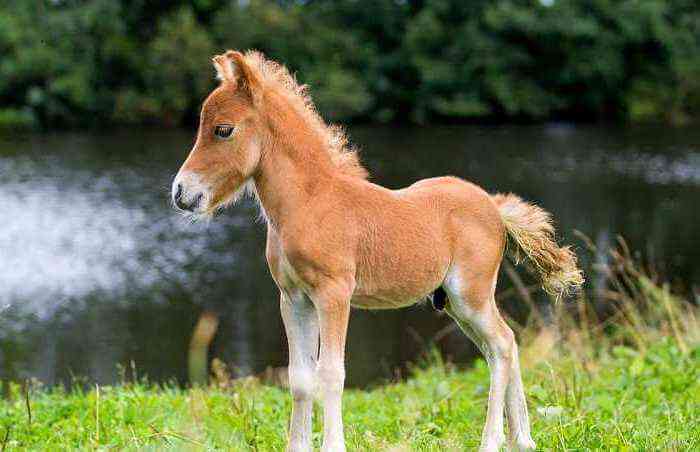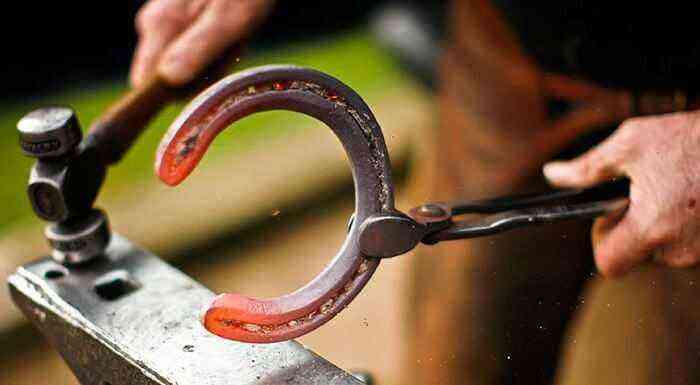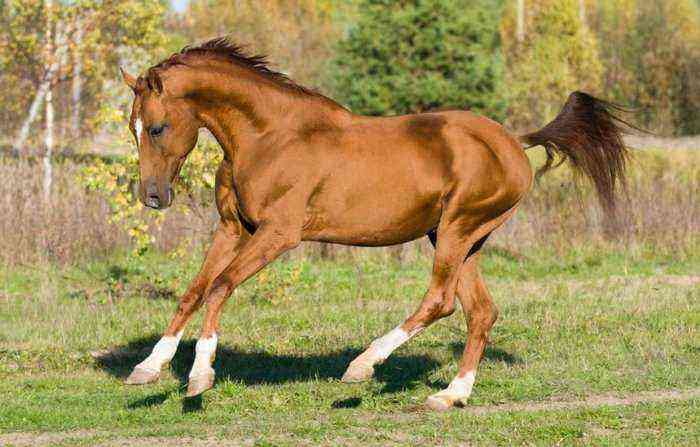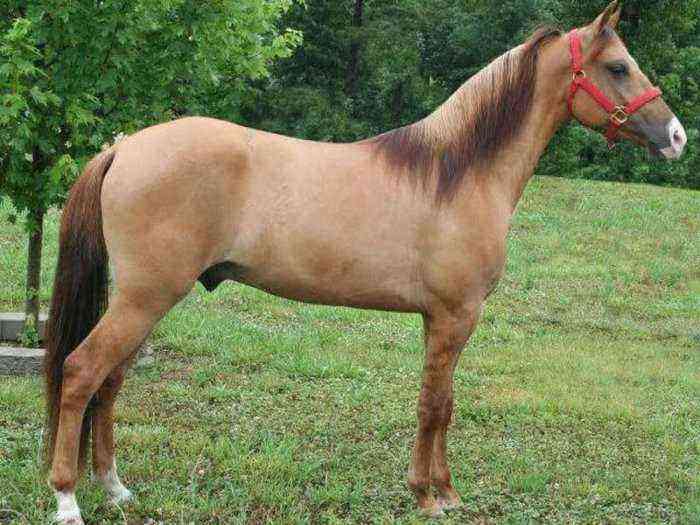Trotting horse breeds are distinguished by their ability to run quickly at a steady trot. They began to breed in the 18-19 century, when the need for urban and intercity transport increased. Today, trotters are used only to participate in races at hippodromes.
Representative of the trotter breed
General characteristics
Trotters are characterized by such qualities as playfulness and stability of the gait. They cover a distance of 1 mile, on average, in 1 minute 57 seconds. The first trotting breed of Hackne was bred in England, but over time it degenerated. Today, 3 main breed lines related to trotters are known:
- Orlovskaya;
- standard-bred;
- French.
In addition to the listed trotting breeds, there are also crossbred varieties, for example, as a result of crossing the American standardbred and Oryol horses, a Russian trotter was obtained. Some Scandinavian breed lines, originally created as heavy drafts, later began to be used as trotters. On the run, they show a good result, overcoming 1 mile in 2 minutes 6 seconds.
- Finnish;
- Norwegian;
- north swedish.
Orlovsky trotter
The ancestor of the Oryol breed was the horse Bars 1, a descendant of the Arabian stallion Smetanka, bought by Count Orlov in 1875 from a Turkish sultan. This horse was distinguished by excellent physique and endurance, but its trot needed to be improved. At that time, horse breeding in Russia was in a deplorable state. The Count wanted to create a completely new breed line with the ability to quickly cover long distances with a steady gait.
A year later, Smetanka died, but managed to leave behind several descendants. One of them, Polkan, crossed with a mare from Denmark, which showed good trotting qualities. A foal was born that fully satisfied the needs of Count Orlov. He was named Bars 1. It is from him that the Oryol breed of horses originates.
Subsequently, numerous crossings of the descendant of Polkan with mares of Dutch, Arab and Danish origin were carried out. Scientists have worked to improve the qualities of agility and endurance of horses. After the death of the count, the management of breeding work passed into the hands of a talented person Vasily Shishkin.
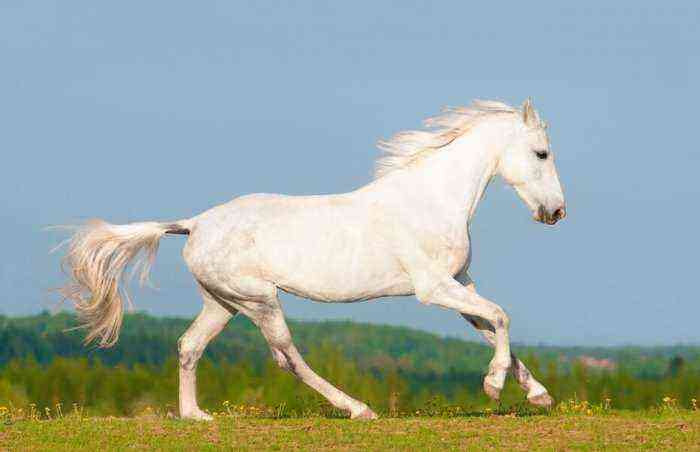
Oryol horse
The demand for the Oryol horse has increased both among the local population and in foreign countries. However, the Civil War and World War II jeopardized further breeding work. A large group of enthusiastic scientists worked on the preservation of the population. Although the number of breeding stock has declined significantly, the Oryol trotter survived the crisis.
Today, the breed is bred at numerous stud farms – Moscow, Perm, Altai, Novotomnikovsky, Khrenovsky. The main task of breeders is to improve speed and endurance, but not to the detriment of stature and exterior qualities.
Characteristics of the Oryol trotter:
- dry body type;
- long muscular neck with a beautiful swan-like curve;
- broad back and withers;
- neat rounded croup;
- sinewy long legs;
- height – 1,65–1,7 m;
- body length along the oblique line – 1,61 m;
- chest girth – 1,8 m;
- weight – 550 kg.
Attention! Oryol trotting horses pass their qualities well to their descendants, so they are used as improvers of other breed lines.
American standardbred
This breed is considered the most playful of the trotters in the world. In the 18th century, Americans bred light draft horses to carry goods and passengers over long distances. Wealthy people in those days liked to ride around the city in convertibles. Soon, wealthy planters had a new hobby – they arranged carriage competitions. The winner received a large monetary reward.
Now high demands were placed on light-draft horses, and agility became the main selection criterion for breeding. American Standardbred horses were created by crossing Thoroughbreds of Arabian origin and Norfolk Trotters. Their descendants were distinguished by the ability to develop high speed, and also showed endurance.
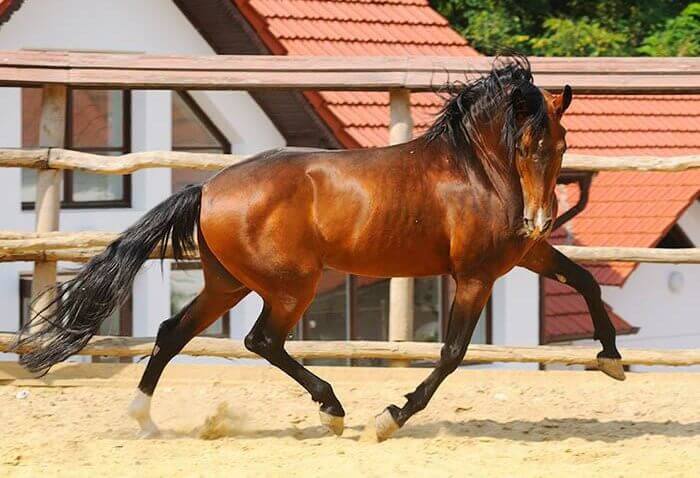
American standardbred horse breed
Attention! When a stud book was started at the end of the 18th century, the names of representatives of the breed that met certain standards of playfulness were entered into it. It was hit by stallions that could run a distance of 1 mile in less than 2 minutes 30 seconds.
Representatives of the standardbred breed have one more feature – they know how to pace. This is a special type of gait that allows you to overcome the distance even faster, however, when moving in this way, the risk of injury increases.
In pursuit of speed, the Americans had to sacrifice the harmonious physique of horses. To the exterior of animals do not make high demands. Stallions and mares with various physical disabilities participate in breeding, the main thing is that they can run fast.
Characteristics of the standardbred breed:
- height – 1,53–1,6 m;
- body type may vary;
- head compact, dry;
- neck of medium length;
- the withers are well defined;
- the chest is deep enough;
- the body is muscular, oblong;
- the limbs are sinewy, strong, the setting of the legs in most cases is correct, but there are individuals with clubfoot and splay;
- common colors are bay, red and karakov.
Reference. Standardbred gray horses are rarely allowed for breeding.
Today, these trotters are in demand in all countries where races are held. They are considered the fastest in the world. They are also valued for their good disposition, unpretentiousness and excellent health.
french trotter
This breed is the youngest of the trotters. It happened in Normandy at the end of the 18th – beginning of the 19th century. Records in the stud book about its representatives have been kept since 1906. This breed line was formed without human intervention, that is, the French purposefully did not make any attempts to get a new trotting horse.
Initially, the breed was formed on the basis of the Anglo-Norman species and was used for riding in teams and under saddle. Later, the blood of Arabian horses was added to them. One of the significant progenitors of the French trotting breed was the stallion Fuscia, who had the ability to trot for a long time and was distinguished by endurance.
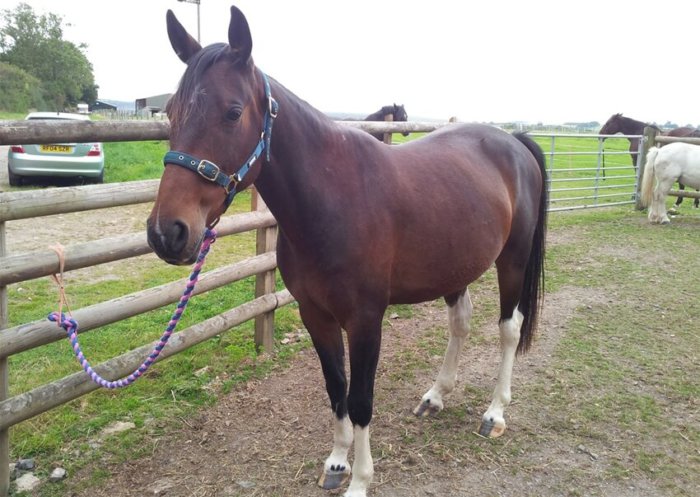
French trotter breed
At the beginning of the 20th century, French trotters often lost races to Oryol horses, as not enough attention was paid to their training. In the post-war period, the breed proved to be very good. The famous mare named Urani repeatedly won the championship, setting a record that could only be broken 18 years later.
The advantage almost always remained on the side of the French trotters when it came to long-distance races. Today, they remain among the fastest trotting horses. The pedigree book for this breed is no longer being maintained, and the French have stated that they intend to create a new type of horse that will exceed the wildest expectations.
Characteristic:
- height – 1,65 m;
- weight – 500–550 kg;
- strong build;
- rough head;
- wide back;
- powerful chest;
- suits – bay, red or black.
Today, French trotters are exported to various European countries – Germany, Belgium, Italy, as well as to other continents – America and Africa. They are distinguished by endurance and the ability to make a sharp breakthrough when passing the distance, when the struggle between the participants escalates.
Trotting horses are in demand all over the world. Horse racing is the main direction of use of such breeds. For the best stallions, they are ready to pay a lot of money, the amounts are in the millions of dollars. The owners of the race participants are sure that their expenses will pay off in full.
